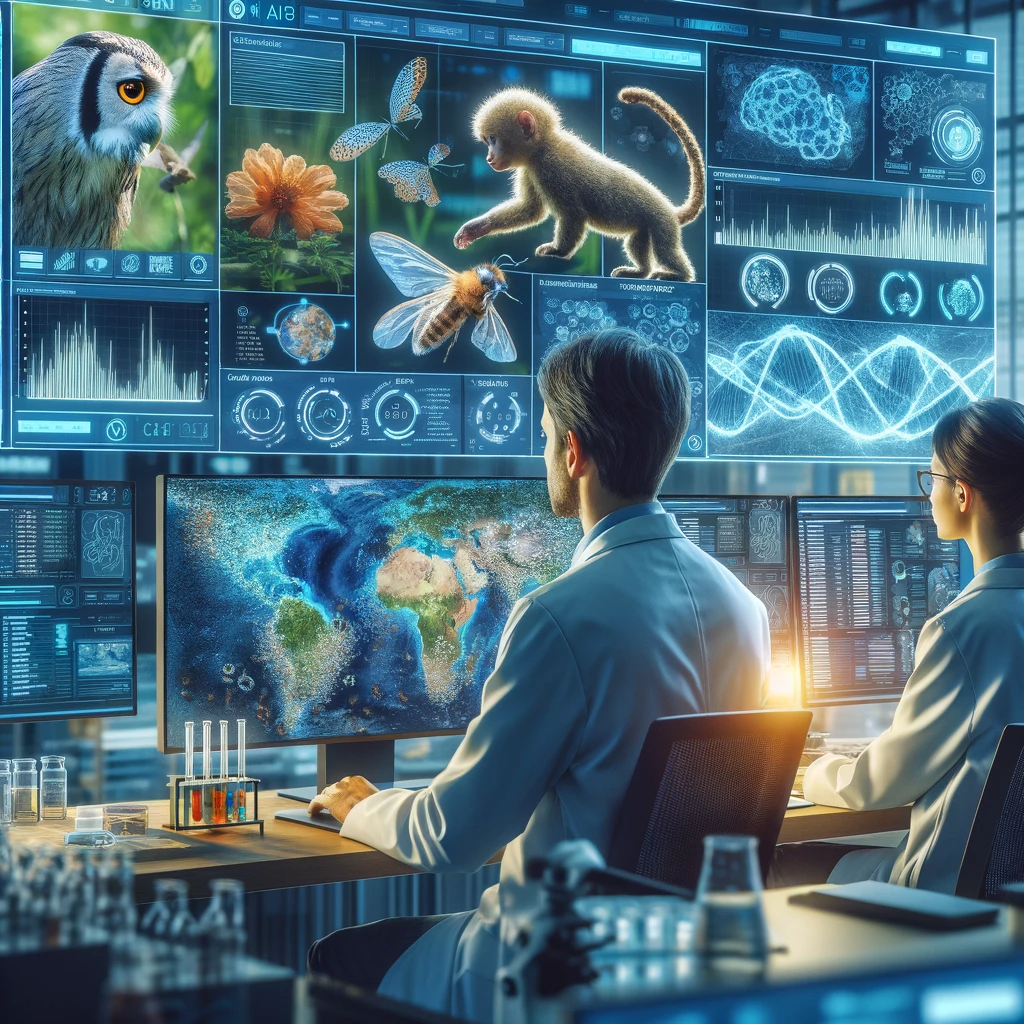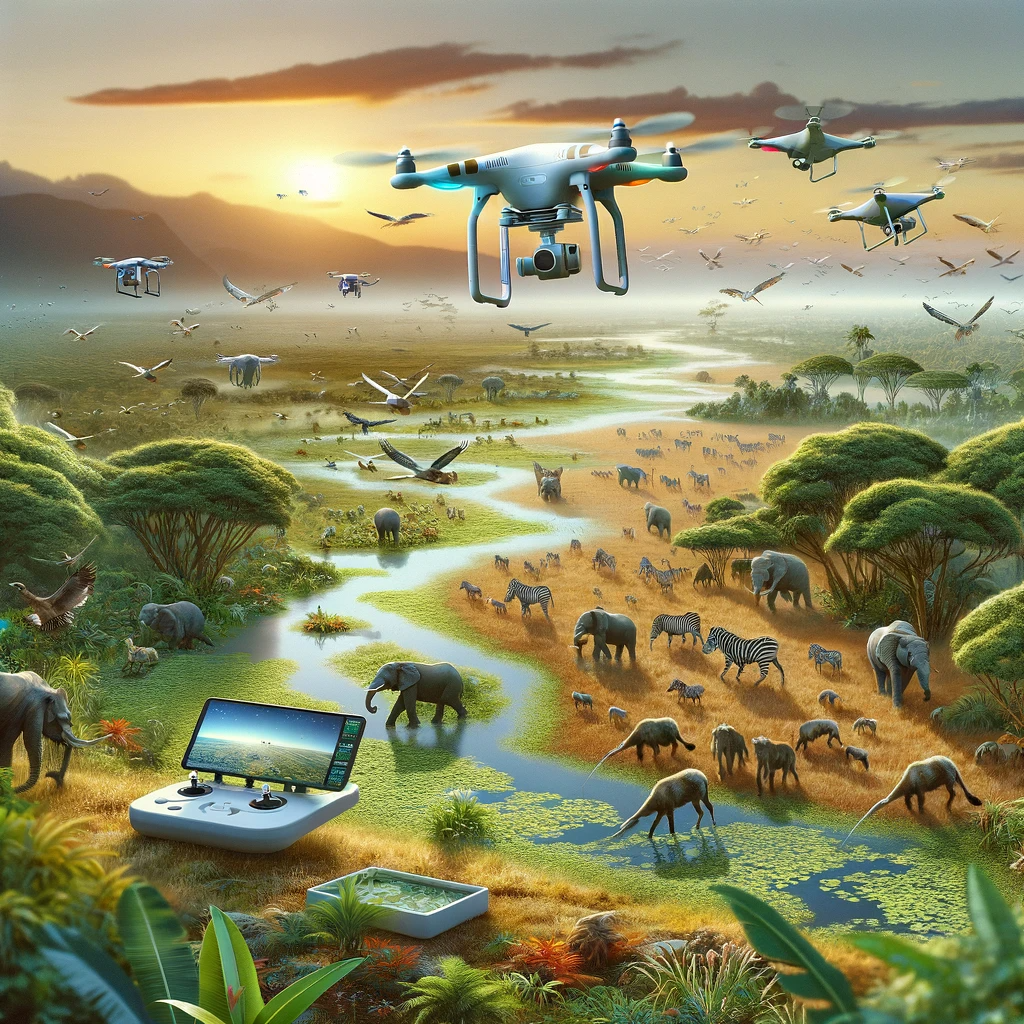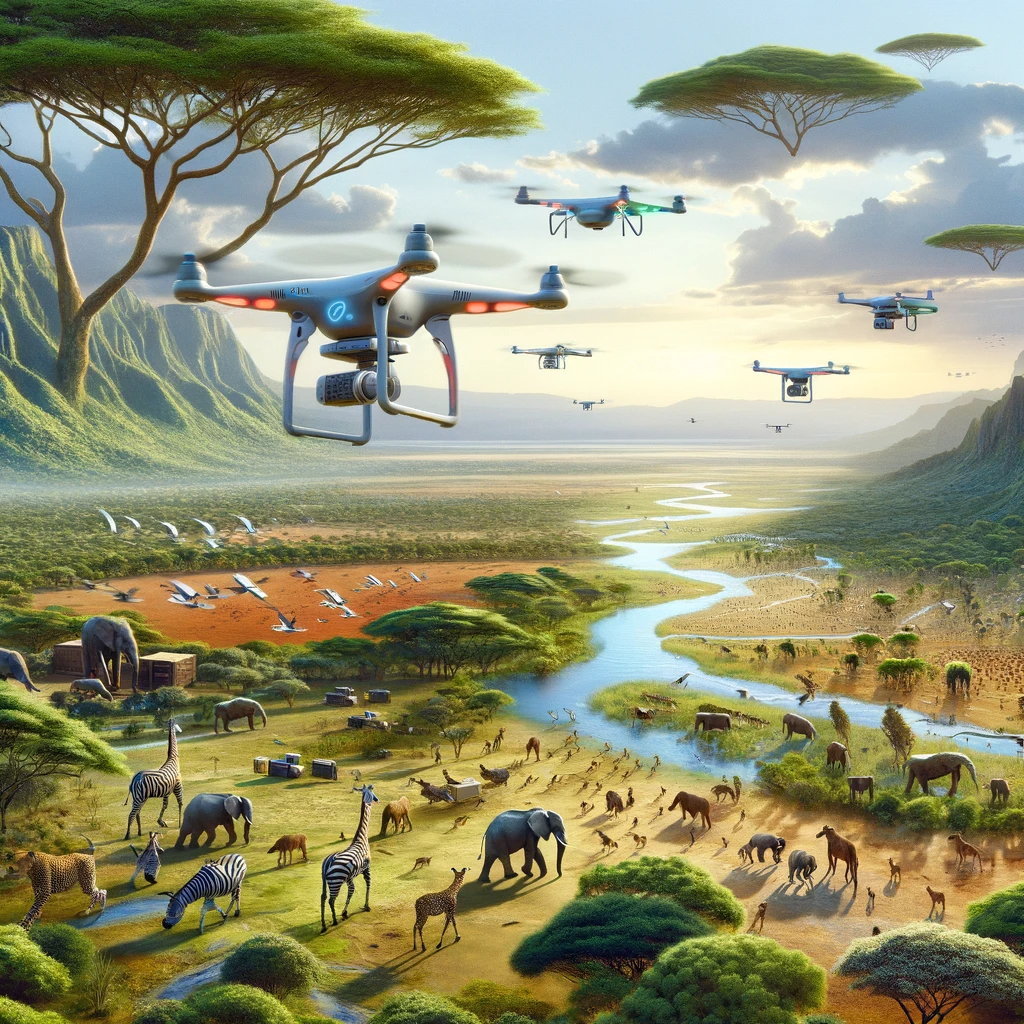AI-Powered Wildlife Monitoring: A Revolution in Conservation
Traditional methods of monitoring animal populations in vast and often remote habitats have always been daunting tasks for conservationists. Techniques such as camera traps and field surveys, while effective, can be time-consuming, labor-intensive, and may disrupt the natural behaviors of the animals being studied. However, AI is poised to revolutionize wildlife monitoring by providing a more efficient and non-invasive approach.
AI-powered camera traps and sensor networks are at the forefront of this revolution. These systems utilize computer vision algorithms to identify and track individual animals automatically. Equipped with machine learning capabilities, these cameras can distinguish between different species, count individual animals, and even estimate their ages. What’s remarkable is that this technology allows researchers to collect a wealth of data without the need for direct human intervention.
Furthermore, acoustic monitoring is proving to be invaluable in the study of elusive and nocturnal species. AI algorithms can analyze audio recordings to identify specific calls or vocalizations, helping scientists determine species presence and behavior patterns. This has significant applications in the study of bats, frogs, and birds, which often communicate through vocalizations that are challenging to interpret manually.

Predicting Threats: How AI Forecasts Conservation Challenges
One of the most critical aspects of effective conservation is understanding and predicting the threats faced by endangered species. AI, with its remarkable ability to process vast datasets and identify patterns, plays a pivotal role in this domain. Conservationists are increasingly turning to AI to analyze environmental data, including climate data, habitat changes, and human activities, to anticipate potential threats.
For example, AI can predict the impact of climate change on the distribution of species. By analyzing historical climate data and projecting future changes, AI models can help identify areas where species are likely to face habitat loss or alterations in their natural range. Armed with this information, conservationists can proactively focus their efforts on these high-risk regions to mitigate the impact of climate change.
AI is also proving instrumental in combating illegal wildlife trade, which is one of the major threats to endangered species. Machine learning algorithms are being deployed to analyze online marketplaces and social media platforms to detect the sale of illegal wildlife products. This technology enables law enforcement agencies to take targeted actions against wildlife traffickers and dismantle criminal networks engaged in illegal activities.
The Power of Data-Driven Conservation Strategies
The heart of effective conservation lies in data and evidence. AI is instrumental in collecting, analyzing, and interpreting data, enabling conservationists to make informed decisions and implement data-driven strategies.
Satellite imagery, when coupled with AI, provides a wealth of information about habitat conditions and land-use changes. This technology assists in identifying deforestation, illegal mining, and encroachments into protected areas, allowing conservationists and authorities to take timely action to address these threats.
Moreover, AI plays a crucial role in managing and analyzing genetic data, which is essential for understanding the genetic diversity of endangered species. This information guides breeding programs, ensuring that captive populations maintain genetic health and can be reintroduced into the wild successfully.
AI in Conservation: A Collaborative Endeavor
AI in wildlife conservation is not just a tool for scientists; it represents a collaborative effort that engages governments, non-governmental organizations (NGOs), local communities, and technology companies. The sharing of data, resources, and expertise is essential for harnessing the full potential of AI in safeguarding biodiversity.
Furthermore, AI-powered conservation initiatives serve a dual purpose by raising awareness among the public. Engaging people in the cause of protecting endangered species is crucial for generating support and fostering a sense of responsibility towards our planet’s biodiversity. AI can play a role in connecting individuals with conservation efforts and educating them about the challenges facing endangered species.

Conclusion: AI’s Pivotal Role in Conservation
As we peer into the future, the integration of AI into wildlife conservation promises to be a powerful force for good. AI empowers us to monitor, predict, and respond to threats to endangered species with unprecedented precision and efficiency. Its ability to process data, identify trends, and reveal hidden insights offers hope for the survival of some of the world’s most at-risk creatures.
However, it is important to emphasize that AI is not a standalone solution; it complements traditional conservation efforts. The synergy between technology and conservation, combined with human expertise, community engagement, and legislative measures, is shaping a brighter future for endangered species and our planet’s rich biodiversity.
Join us in this in-depth exploration of AI’s pivotal role in the conservation and protection of endangered species. Together, we can work towards a world where these magnificent creatures not only survive but thrive, continuing to grace our planet with their presence.
Stay tuned for more insights into the intersection of technology, science, and conservation as we delve even deeper into AI’s impact on our natural world.
